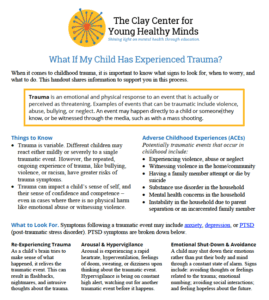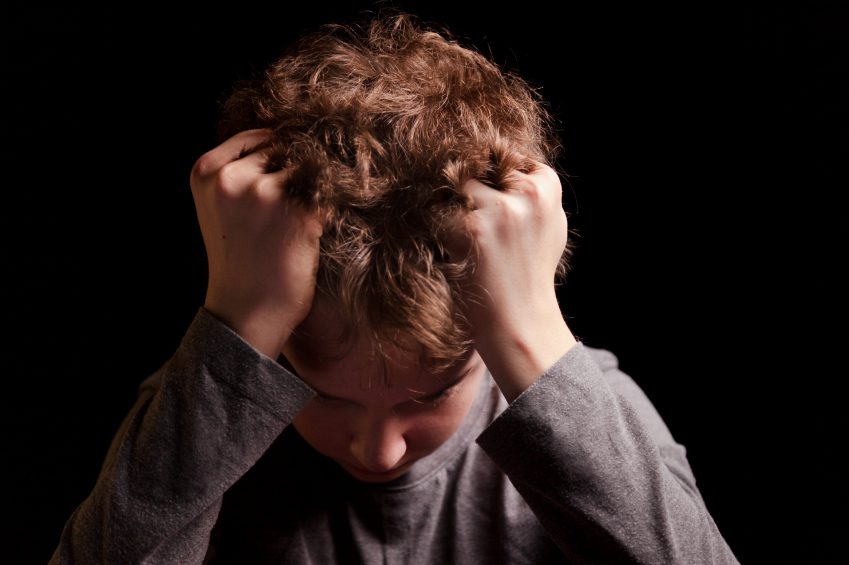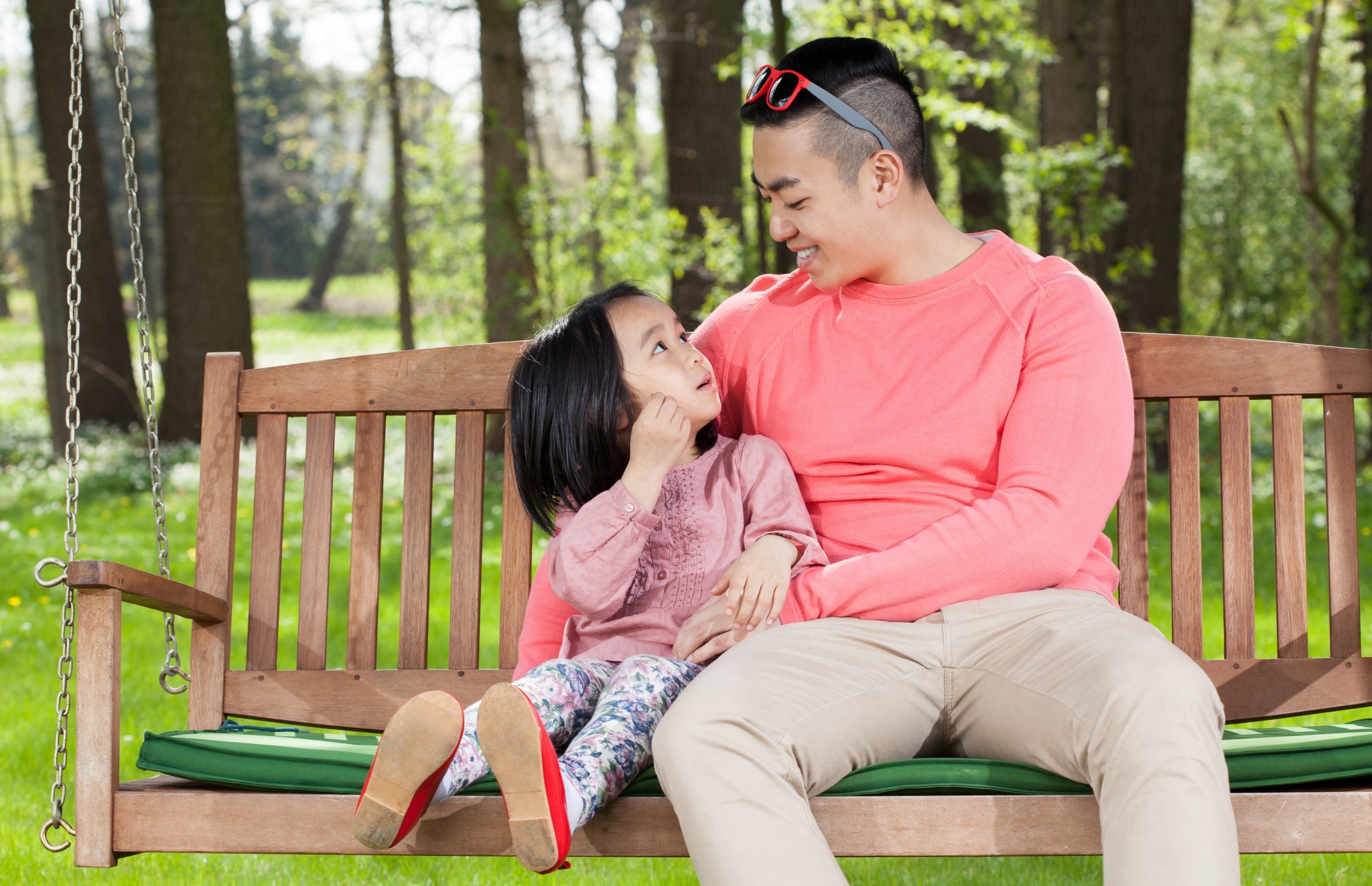Trauma: What Parents Should Know

Posted in: Grade School, Parenting Concerns, Pre-School, Teenagers
Topics: Mental Illness + Psychiatric Disorders, Stress
Este artículo está disponible en español.
Trauma is an emotional and physical response to an event that is actually or perceived as threatening. Examples of specific events that can be traumatic can include violence, abuse, bullying, or neglect. In addition, growing up experiencing poverty or with a family member struggling with substance use disorder, or witnessing community violence or racism, can be traumatic. A traumatic event may directly affect a child – happen to them or someone they know – or be witnessed by the child through the media, such as a shooting or act of terrorism. During the COVID-19 pandemic, some of these challenges may feel even more difficult for young people, as well as caregivers who may be experiencing their own challenges.
Trauma is highly variable among children and their experiences. Some children may react either mildly or severely to a single traumatic event. On the other hand, toxic stress – the repeated, ongoing experience of trauma, such as prolonged bullying, violence, or racism – have greater risks of trauma symptoms.
Trauma can also impact a child’s sense of self – how they define themself, their sense of confidence and competence. In an event where there is no physical harm – such as emotional abuse or witnessing violence – a child’s sense of self can still be harmed.
What Are Adverse Childhood Experiences (ACEs)?
The Center for Disease Control and Prevention (CDC) describes ACEs as potentially traumatic events that occur in childhood (0-17 years) such as:
- experiencing violence, abuse, or neglect
- witnessing violence in the home or community
- having a family member attempt or die by suicide
ACEs also include influences of a child’s environment that undermine a sense of safety and stability or connection with others in the household such as:
- substance use disorder
- mental health concerns
- instability due to parent separation or an incarcerated family member
Without support, ACEs may result in long term medical problems, mental health concerns, or substance use disorder. In adult life, unresolved trauma can also interfere with education and employment opportunities, and increase the risk for trauma or mental health concerns in one’s own children.
While there are some ways to help prevent ACEs, not all traumatic events can be prevented. We can, however, help children to build resilience as way to manage trauma in response to ACEs, and help prevent future trauma.
Symptoms to Look For In Your Child
ACEs are very common. It is estimated that nearly half of all U.S. children have had at least one type of ACE. The symptoms that result from a traumatic exposure may include anxiety, depression, or Post-Traumatic Stress Disorder (PTSD). Symptoms from PTSD are usually broken out into three categories. Not all children who experience a traumatic exposure will have symptoms of PTSD.
- Re-ExperiencingTrauma
As a child’s brain tries to understand what has happened, it relives the event, to try and make sense of what otherwise feels confusing and hard to understand. This process may include:
- Flashbacks
- Nightmares
- Intrusive thoughts about the trauma
- Arousal and Hypervigilance
- Arousal– This is the physical part of the fight or flight response. When thoughts of the trauma occur, your child may experience: rapid heart rate, hyperventilation, feelings of impending doom, sweating, or dizziness.
- Hypervigilance– Children who have experienced a traumatic event are often on high alert. Their brain adapts to the past traumatic experience, and constantly watches out for another traumatic experience before it can take place.
- Emotional Shut-Down and Avoidance
No child can stay in a high state of alert all the time. A child who has experienced a traumatic event may shut off their emotional responses – in some cases they may shut down altogether rather than put their body and mind through a constant state of alarm. Signs include:
- Tendency to avoid thoughts and feelings associated with the trauma
- Emotional numbing
- Staying away from social interactions
- Worries or feelings of hopelessness about the future
Who Will Have Symptoms After a Traumatic Event?
Symptoms of PTSD in children may start soon after the stressful event, or they may not happen for 6 months or longer. Some children may have long-term effects. The good news is that PTSD can be treated. For more, read Supporting Your Child In the Face of Trauma.
This article was originally published by Project TEACH, through the New York State Office of Mental Health: Download the PDF
To learn more about mental health concerns by child age group, visit the Project TEACH Parent and Family Page: http://bitly.com/PTEACH-Family
For more trauma-informed resources, visit the Project TEACH Prevention Science Page: https://projectteachny.org/prevention-science/
Special thanks to the Project TEACH Parent Advisor Group, who helped to develop this handout.


 Share
Share Tweet
Tweet





